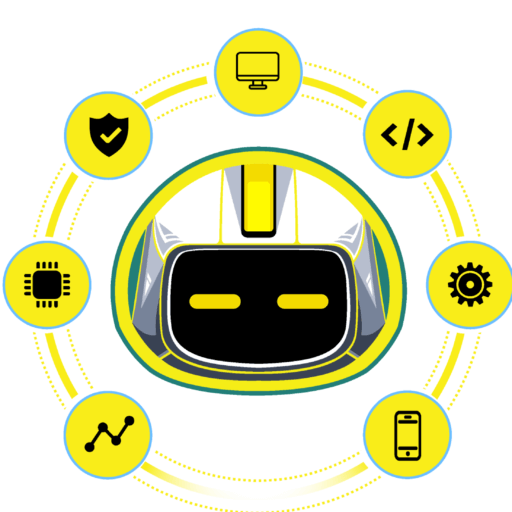We describe here all about libraries for machine learning projects. Here we explain 6 libraries
- TensorFlow
- Scikit-learn
- Keras
- Kaggle
- NumPy
- Matplotlib
TensorFlow – a library for machine learning
TensorFlow is a powerful machine learning library that has been used to train computers on how to play video games. It can also apply in other situations where there are patterns between data points. Such as predicting stock prices and even detecting cancer cells from images of tissue samples. If you need help with your marketing or SEO strategy and want an expert. Who understands the power of Tensorflow for digital marketing purposes, we’re here for you! Contact us today if this sounds like it might apply to what you do at work.
Scikit-learn – a Python module for data science and machine learning projects
We’ve compiled a list of the most popular machine learning algorithms to help you find one that is right for your data science project. The Scikit-learn module has an extensive library of tools and techniques available. But it can be difficult to know where to start when you are trying to pick out. Which tool might work best on your data set. For this reason, we create a handy cheat sheet with some insights into the pros and cons of each algorithm. So that you can make an informed decision about what will get the job done! Which machine learning algorithm do you think would work well for your needs?
Keras – a high-level neural network API that runs on top of either TensorFlow or Theano
The Keras API is a high-level neural network API that runs on top of either TensorFlow or Theano. Its designs to be fast and easy to apply, with the ability for both novices and experts alike to develop their models in just a few lines of code. If you have an interest in using machine learning, then consider using our team of experts who have extensive experience applying deep learning techniques such as Convolutional Neural Networks (CNNs) or Recurrent Neural Networks (RNNs). We could provide consulting services from data science strategy development all the way through building your next predictive model so your organization can thrive today and tomorrow. Want more information? Contact us at info@monsterfortech.com
Kaggle – an online community where you can find datasets, learn from experts, and enter competitions to solve challenges in data science
Kaggle is an online community where you can find datasets, learn from experts, and enter competitions to solve challenges in data science. Whether you’re a novice or expert, there are many opportunities for you on the site to hone your skills through machine learning and other types of analytics. Check it out! What’s one thing that makes Kaggle stand out among similar sites?
NumPy – provides fast N-dimensional array manipulation capabilities with advanced features such as broadcasting
NumPy is an open-source library for high-performance scientific computing, and if you’re doing any kind of machine learning projects with Python, this package will make your life easier. The name stands for Numerical Python – but it also includes some great tools that allow us to manipulate arrays in a variety of ways without having to write loops or use other programming languages like C++. In fact, the broadcasting features are particularly useful here because they let you easily combine multiple array operations into one call (for instance) which can be very powerful when we have collections of data sets that need similar manipulations performed on them all at once. If you want more information about how this tool could help improve your own mathematical processing capabilities .
Matplotlib – plots publication-quality figures in many different formats and interactive environments across multiple platforms with no external dependencies
Matplotlib is a platform-independent 2D plotting library for Python. One of its most notable features is the use of interactive backends, with which figures can be viewed in different environments and exported to many formats including PDF or SVG without any external dependencies. It’s also well-suited for machine learning applications like clustering, regression, classification, and dimensionality reduction. For more details on how you can leverage this powerful tool in your own data science projects contact our team today!





